A No Fluff Approach to Ironman Bike Training
One of the keys to successfully maintaining a training plan of nine hours or less per week leading in to next Saturday’s Ironman Texas has been fine tuning my bike program.
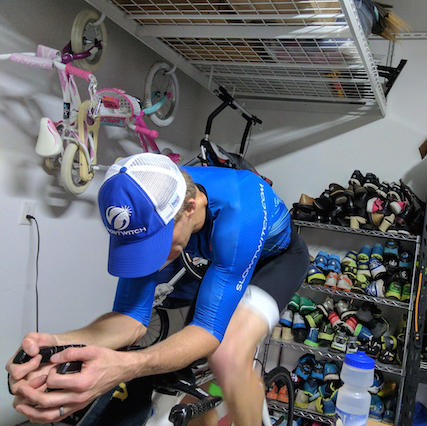
While there is so much gratification that comes with the unbridled feeling of freedom tossing a leg over the bike and spending endless hours in the saddle with friends and being outdoors, it is not always the most productive use of time, especially when time is a limiter.
Since moving to Texas four years ago I have become an indoor cycling training hermit. We’ve got beautiful countryside and plenty of shoulder space on the roads in and around The Woodlands, but we also have half of the world’s supply of extended cab pickup trucks, suburban-driving soccer moms and distracted drivers galore all fighting for road space.
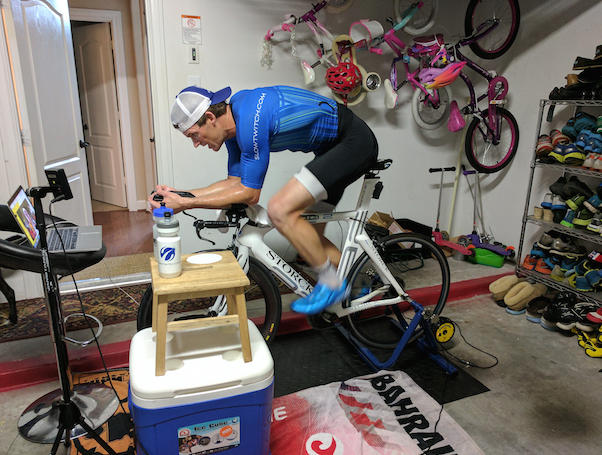
When I was single I was fearless onboard bikes out on the open roads, not giving a second thought about ‘rubbing elbows’ with these other vehicles. All that changed when kids entered the picture. Riding on an indoor trainer doesn’t provide the stimulation that comes with riding outdoors but it makes up for it being inoculated from cars, giving me and my family peace of mind, while being an extremely efficient use of training time. The debate between indoor and outdoor riding is often discussed in the Reader Forum and it is easy to be a flip-flopper on this topic.
The aspect I like the most with indoor cycling is doing away with all the things I dislike about riding outdoors that waste time: stopping at lights and signs, vying for a share of road space with drivers, and the sunk cost of time spent driving to open cycling routes, stopping to change flats, making pitstops at gas stations for drinks and food and other mishaps and misadventures. I readily admit though some of these are also the same reasons why riding outside is an adventure and worthwhile for many folks!
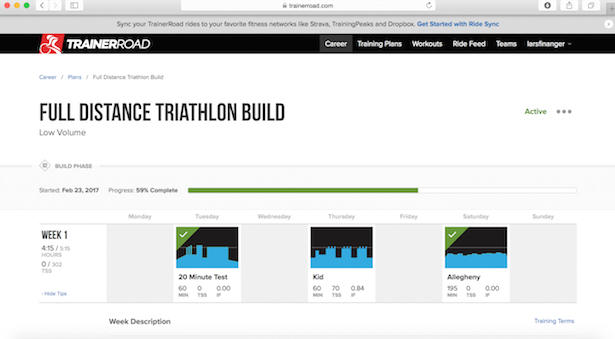
Nine weeks out from Ironman Texas, I reached out to the on-line coaching and cycling and triathlon workout company,TrainerRoad, to see if they had any recommendations on how to best prepare for the 112-mile bike leg by training as few hours as possible. Not familiar with TrainerRoad? Take a peek at the official TrainerRoad thread in the Forumwhich is amongst the most viewed on Slowtwitch. TrainerRoad’s Jonathan Lee, an accomplished cyclocross and road racer, believed my approach was possible and walked me through a detailed plan of attack utilizing 8 of the 12 weeks in the low volume option of their Full Distance Triathlon Base program. The 9th week, race week, will come from their Race Specific program.
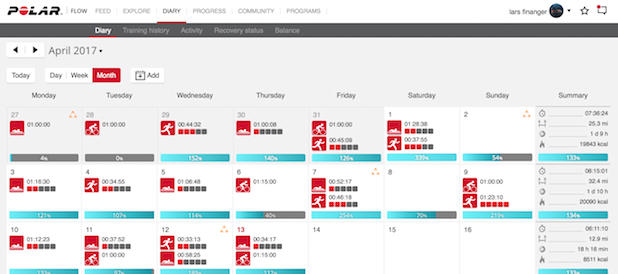
This program prescribed highly focused weekly workouts geared towards improving high end fitness while also improving endurance. These were all power based workouts calculated off the functional threshold power (FTP) which was determined from a 20-minute test I completed as my first workout in the program. Each week in the program consisted of a variation of the same two workouts: 1) VO2 max interval efforts and 2) OverUnder intervals. The intensities and timed length of the intervals slightly increased with each passing week as fitness improved. The third key workout of the week in their program was a longer aerobic ride. Given my nine hour training allotment though, I have only been able to complete one of these 3+ hour rides and that was due to an impending work trip in which I was unable to ride the remainder of the week.
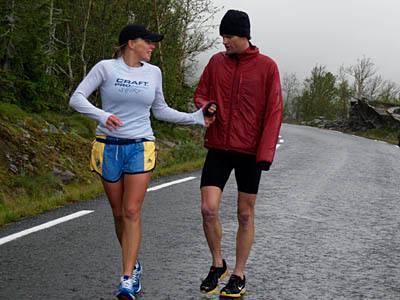
What this program lacks in volume, it makes up for in spades in intensity. My cycling days have been on Tuesdays and Thursdays so plenty of rest was baked into the schedule. While I have not yet cried like Lionel Sanders, my soul has been crushed on numerous occasions during these two weekly workouts. The thought process is these high intensity sessions are meant to raise the high end ceiling. The question mark remains whether tuning this upper quadrant of fitness will trickle down and leave me strong enough to complete the entire duration of the Ironman bike leg in a respectable ride without zapping my legs for the marathon ahead. I am just bull-headed enough to believe it will work out on race day.
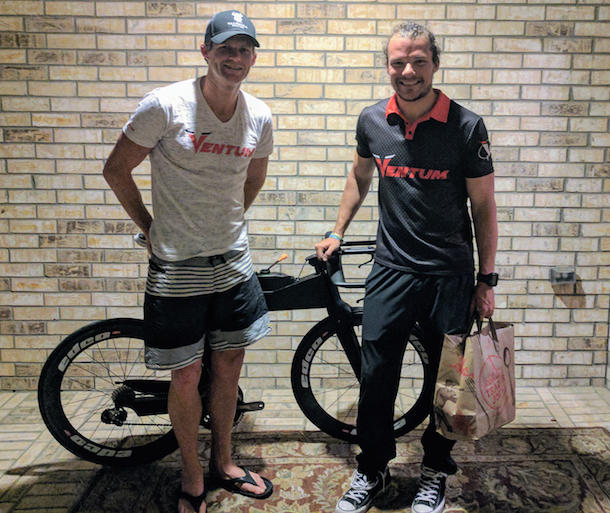
On race day I plan to tap into as many ‘free speed’ categories as possible. Most of my training VO2Max sessions were completed on my Felt FC road bike while OverUnders have been completed on a Storck Aero2 and more recently on a Ventum One time-trial machine. Even though I have only banked a handful of sessions on the Ventum so far, it is easily the most confidence-inspiring TT bike I have ridden. Their 58cm frame fit like a glove and their customer service is unlike anything I have experienced. During his drive from Dallas to Tucson, Ventum’s National Sales Director, Chris Blick, even hand delivered the bike despite The Woodlands being a considerable detour in his drive path. After a few days in Tucson, Blick will back in town to race Ironman Texas himself, raising money for Smile Train in the process (if you’re inclined,support Blick's fundraising mission).
The bike only required a minor seat height adjustment and voila, it was ready to be hooked up to the Kickr for yet another ass whooping. With sessions being so short and sweet (most are either 1 hour or 1 hour and 15 minutes total time) I have not yet tried out Ventum’s proprietary hydration unit which holds 1.4 liters and sits flush atop the top tube.
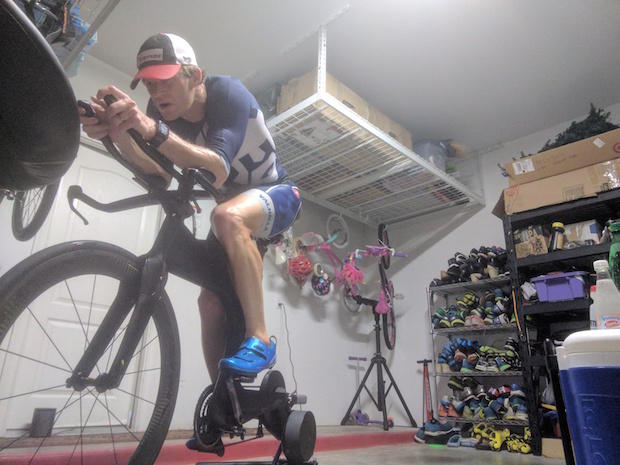
Other equipment choices for the bike leg used in attempt to best hide from the wind will be a Castelli T:1 Slealth top and Shimano's TR9 shoes with Orca’s aero bootie covers. Living locally, I understand Texas can heat up quickly and become an inferno so instead of wearing a full aero helmet, and risking implosion, I will be going with KASK's Infinity aero road helmet which has retractable vents that allow for cooling if needed.
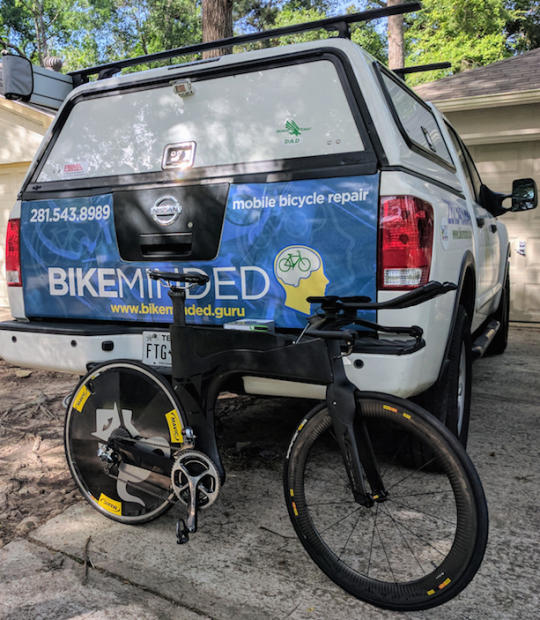
If I do implode on race day, it will not be due to a lack of an aero arsenal equipped for a king. And while every workout so far has been completed utilizing a power based trainer, I will not use a power meter on race day, opting instead to focus on riding based on perceived effort. This is a bit of an old school move but was my approach to cycling training and racing too. In a cycling race it does not matter what a rider’s watts are showing if the other wheels in the group are going up the road without you. You simply must make it into the slipstream or the race is most likely over. In triathlon, if too many matches are burned on the bike, it is likely going to be a long, slow and painful march through the marathon. I’ve learned that lesson the hard way many times in the past but think this new approach could lead to a different outcome this time around.



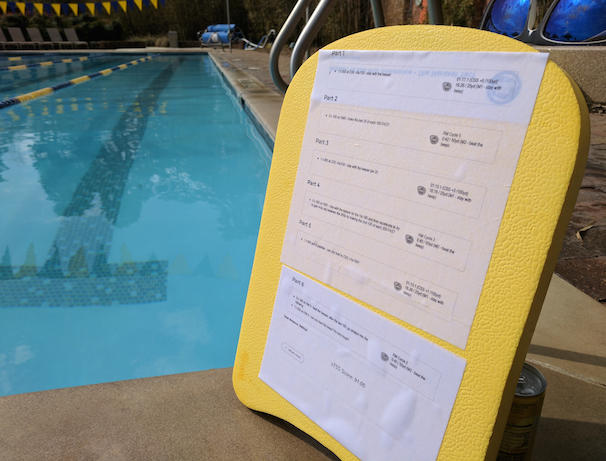
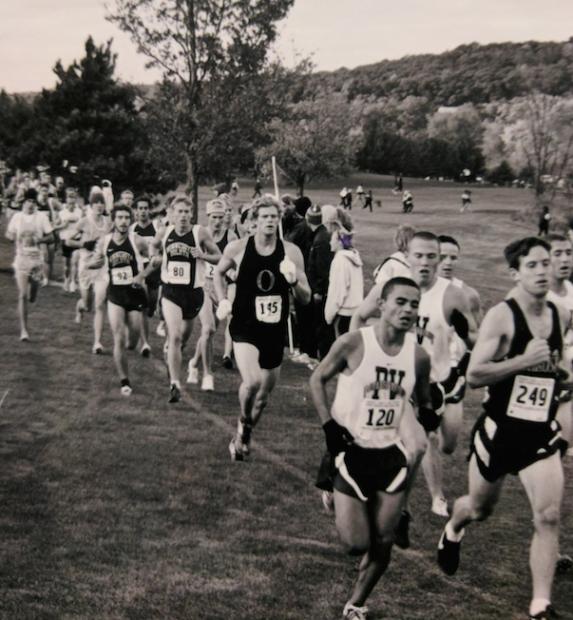
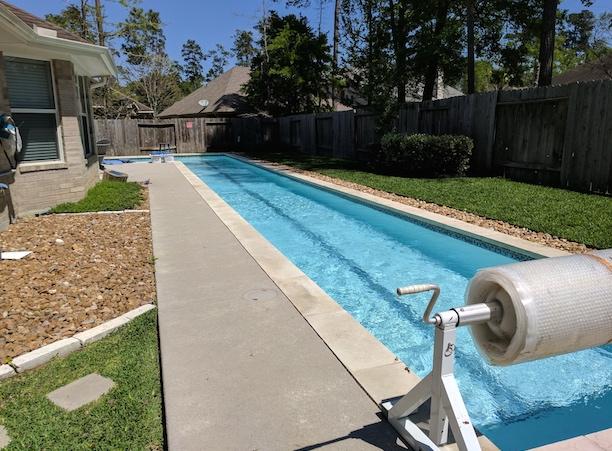

Start the discussion at forum.slowtwitch.com